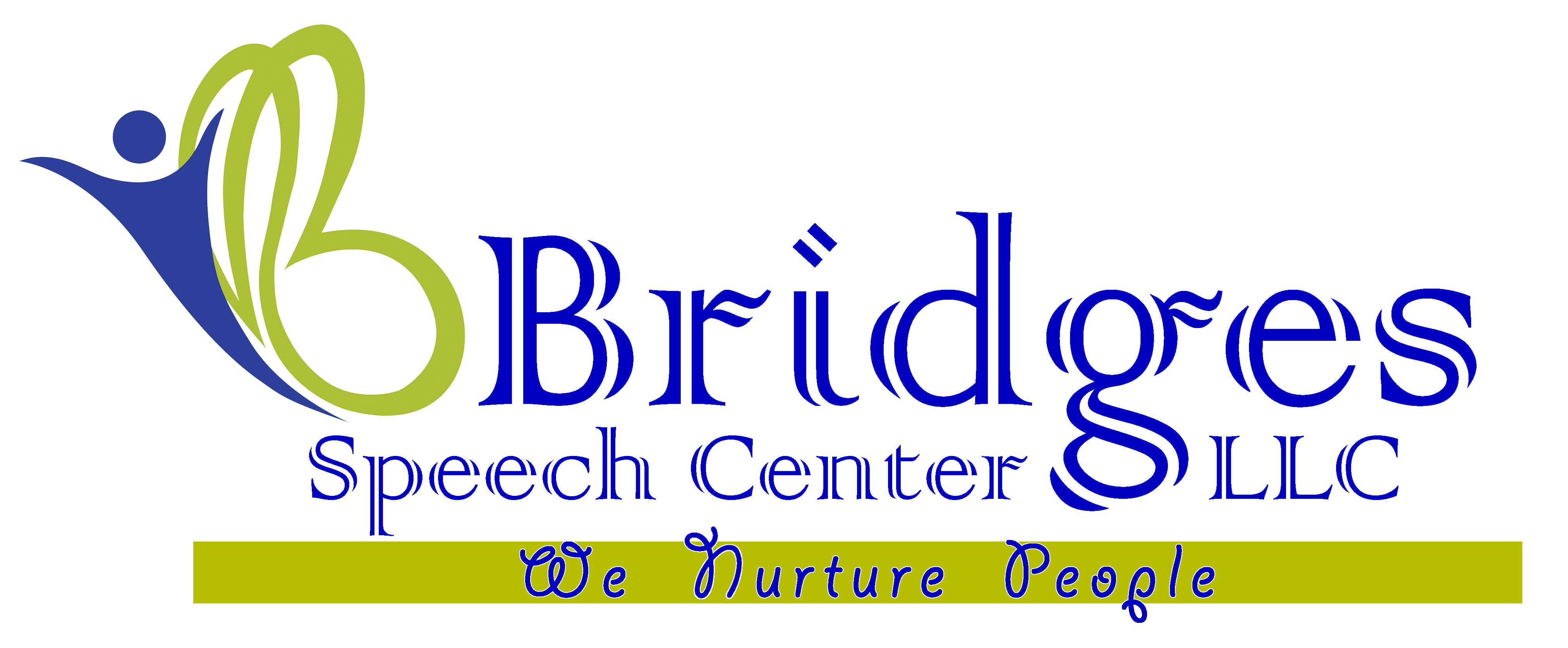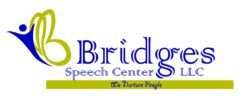- About Us
- Our Services
- Speech Therapy
- Speech and Language Therapies for Adults in Dubai
- Speech and Language Therapies for Children in Dubai
- Accent therapy
- Augmentative Alternative Communication (AAC) Therapy
- Articulation Speech Therapy
- Auditory Processing therapy/ Auditory verbal therapy
- Language Intervention: Speech Delay therapy
- Oral Motor Therapy
- Play Based therapy
- PROMPT/DTTC/RePT for Childhood Apraxia of Speech
- Social communication/Pragmatic language therapy
- Stuttering / Stammering therapy Program
- Spellography Program for Dyslexia
- Voice Therapy
- Home Care Services
- Feeding Therapy
- Physiotherapy
- Pediatric and Geriatric Physiotherapy
- Fall Prevention Programs for the Elderly
- Developmental Delay Treatment for Children
- Cerebral Palsy Management for Children
- Pediatric Orthopedic Conditions
- Osteoporosis Management for the Elderly
- Sports Injuries in Children
- Mobility and Balance Training for Elderly
- Joint Pain Treatment (Knee, Shoulder, Hip)
- Age-Specific Exercise Programs
- Coordination and Balance Exercises
- Orthopedic Physiotherapy
- Neurological Physiotherapy
- Sports Physiotherapy
- Cardiopulmonary Physiotherapy
- Women’s Health Physiotherapy
- Manual Therapy
- Therapeutic Exercise
- Pain Management
- Electrotherapy
- Hydrotherapy
- Ergonomic Consultation
- Tele-Physiotherapy Services
- Pediatric and Geriatric Physiotherapy
- Occupational Therapy
- Sensory Integration
- Clinical Psychology & Psychotherapy
- Cognitive Behavioral Therapy(CBT)
- ABA /Behavior Therapy
- Bridge Learning Program
- Group therapy
- Summer/Winter Program
- Telehealth Services
- Training Program/CEU
- Internship/ Observership
- Dynamic Movement Intervention (DMI)
- Speech Therapy
- Super Team
- Collaboration
- Training Course
- News/Blogs
- About Us
- Our Services
- Speech Therapy
- Speech and Language Therapies for Adults in Dubai
- Speech and Language Therapies for Children in Dubai
- Accent therapy
- Augmentative Alternative Communication (AAC) Therapy
- Articulation Speech Therapy
- Auditory Processing therapy/ Auditory verbal therapy
- Language Intervention: Speech Delay therapy
- Oral Motor Therapy
- Play Based therapy
- PROMPT/DTTC/RePT for Childhood Apraxia of Speech
- Social communication/Pragmatic language therapy
- Stuttering / Stammering therapy Program
- Spellography Program for Dyslexia
- Voice Therapy
- Home Care Services
- Feeding Therapy
- Physiotherapy
- Pediatric and Geriatric Physiotherapy
- Fall Prevention Programs for the Elderly
- Developmental Delay Treatment for Children
- Cerebral Palsy Management for Children
- Pediatric Orthopedic Conditions
- Osteoporosis Management for the Elderly
- Sports Injuries in Children
- Mobility and Balance Training for Elderly
- Joint Pain Treatment (Knee, Shoulder, Hip)
- Age-Specific Exercise Programs
- Coordination and Balance Exercises
- Orthopedic Physiotherapy
- Neurological Physiotherapy
- Sports Physiotherapy
- Cardiopulmonary Physiotherapy
- Women’s Health Physiotherapy
- Manual Therapy
- Therapeutic Exercise
- Pain Management
- Electrotherapy
- Hydrotherapy
- Ergonomic Consultation
- Tele-Physiotherapy Services
- Pediatric and Geriatric Physiotherapy
- Occupational Therapy
- Sensory Integration
- Clinical Psychology & Psychotherapy
- Cognitive Behavioral Therapy(CBT)
- ABA /Behavior Therapy
- Bridge Learning Program
- Group therapy
- Summer/Winter Program
- Telehealth Services
- Training Program/CEU
- Internship/ Observership
- Dynamic Movement Intervention (DMI)
- Speech Therapy
- Super Team
- Collaboration
- Training Course
- News/Blogs
Table of Contents
ToggleMotor development in Down’s syndrome? Occupational therapy in Down’s syndrome…..
Bridges Speech Center
March 25, 2020

Motor development in Down’s syndrome? Occupational therapy in Down’s syndrome…..
Downs syndrome is also known as trisomy 21. It is a genetic disorder caused by the presence of all or part of a third copy of chromosome 21,which mostly affects child’s physical and mental development.It is the most common chromosomal abnormality, as it affects approximately 1 in 800-1000 births worldwide.
Common features:
- Small ear, nose & mouth.
- Small Feet & hands
- Flat nasal bridge
- Upwards slanted eyes
- Single crease of the palm
- Short stature
- Extra web space between big toe & second toe.
- Mild – moderate intellectual disability
Occupational therapy and down syndrome
Children with Down syndrome cannot develop at the same pace as a typical child does, due to gross motor skill deficits which include hypo-tonia (low muscle tone), ligament laxity (looseness of the ligaments that causes increased flexibility in the joints) and decreased strength. Children with downs syndrome need early intervention i.e. early and consistent therapy. Occupational therapy address deficits in gross motor skills, fine motor skills, self care skills, cognitive skills, visual perceptual skills, oral motor skills and sensory processing skills.
Following are the areas addressed by occupational therapist.
- Oral motor skills– Occupational therapist assist Downs syndrome in Oral- Motor feeding problems (this can also be addressed by speech therapist). Due to hypotonia ( low tone) there is weakness of cheeks, tongue and lips. Feeding is difficult for some infants with downs syndrome. Occupational therapist can suggest them proper positioning and feeding techniques.
- Fine motor skills– Occupational therapist also helps to facilitate fine motor skills which are very important as it is ability for the child to control small muscles which enables functions such as writing , grasping small objects & fastening clothes. Occupational therapist often uses play as the medium to develop these skills such as pickup and release toys of various sizes and shapes, stacking manipulate knobs and buttons and colour with crayons.
- Cognitive skills– Occupational therapy also helps in improving attention, memory and problem solving skills by engaging them in purposeful and age appropriate activities such as fixing puzzle and finding path while walking through a obstacle course.
- Visual Perception skills- It also helps to improve visual perception skills which are very important for writing or reading words, such as figure ground perception and visual discrimination. For example, finding a pair of shoes from a shoe rack or locating a pencil in a box.
- Activities of daily living – The primary goal of an Occupational therapist is to promote independence in daily activities such as feeding, dressing, eating etc. OT uses different strategies to teach them like ADL boards, breaking them in small steps and using techniques such as forward chaining and backward chaining or suggesting them a proper adaptation or strategy. For example, teaching a child to feed himself with the help of a particular spoon.
- Sensory processing skills– A child who has Down’s syndrome may have sensory processing skills issues. They might find it difficult to integrate their senses of touch, smell, vision, hearing, taste, balance and movement sense and for use it for daily activities. They may be over- responsive or under-responsive and may have craving for certain stimuli or textures. Occupational therapist uses sensory integration approach to address these issues. It helps to regulate our stimulation levels which improves the ability to attend the task and also organizes and calms down the brain.
- Activities include:
- Vestibular (Balance and movement sense)- Bouncing on the therapy ball, Jumping on the trampoline.
- Proprioception (joint muscle and body awareness sense)- Climbing on the climbing wall, pulling a wagon, carrying laundry basket, etc.
- Tactile – Brushing, Massaging, Play doh.
- Mr. Amol AtulkarOccupational therapist



Recent Posts
Have Any Question?
If you would like to register for any of our services or upcoming training programs, contact us…


